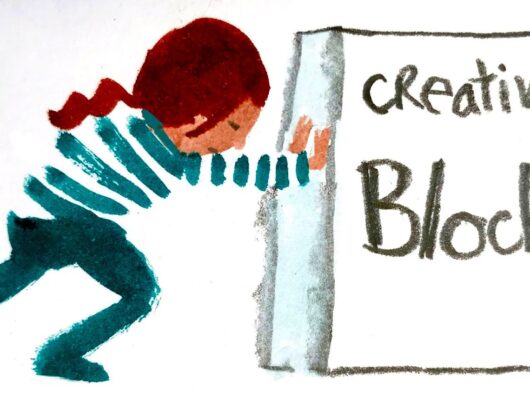In the fiercely competitive world of advertising, capturing your audience’s attention is a make-or-break endeavor.
The key to success lies in ad creative design – the process of crafting visually appealing and compelling advertisements that not only grab the viewer’s eye but also persuade them to take action.
In this article, we’ll explore the art and science of ad creative design, providing insights into what it is, why it’s essential, and how to create captivating ad visuals.
Understanding Ad Creative Design
Ad creative design refers to the strategic creation of advertisements, encompassing both the visual and written elements.
This process involves selecting images, fonts, colors, and copywriting to produce an ad that effectively communicates the message and persuades the target audience to engage with the content or take a specific action, such as making a purchase, signing up, or downloading a resource.
Why Ad Creative Design Matters
- First Impressions: In the digital age, where attention spans are shorter than ever, the first impression is critical. An eye-catching ad creative can pique the viewer’s interest in mere seconds.
- Brand Identity: Well-designed ads reinforce your brand identity. Consistency in design elements, such as colors, logos, and fonts, helps viewers recognize and trust your brand.
- Emotional Connection: Effective ad creative has the power to evoke emotions. Emotionally resonant ads are more likely to create a lasting impact on viewers.
- Higher Conversion Rates: The ultimate goal of ad creative is to convert viewers into customers or leads. A well-designed ad can significantly improve your conversion rates.
Creating Compelling Ad Creative
- Know Your Audience: Before you start designing an ad, understand your target audience. What are their preferences, pain points, and aspirations? Tailor your creative to resonate with them.
- Simplify and Highlight: Less is often more. Focus on a single, clear message, and use compelling visuals to highlight it. Avoid clutter and distractions.
- Use High-Quality Visuals: The images or graphics you use should be high-resolution and relevant to your message. The visual elements should tell a story or convey an idea.
- Copywriting Matters: The text in your ad is just as crucial as the visuals. Craft a compelling headline and concise, persuasive ad copy that complements the visuals.
- Test and Iterate: A/B testing is a valuable practice in ad creative design. Create multiple versions of your ad and test them to see which performs best. Use the data to iterate and improve.
Key Elements of Ad Creative
- Color Psychology: Different colors evoke various emotions and responses. Choose colors that align with your brand and message. For example, red can signify urgency or passion, while blue often conveys trust and professionalism.
- Typography: Fonts play a significant role in conveying your message. Use fonts that are easy to read and complement your brand’s personality.
- Visual Hierarchy: Guide the viewer’s eye with a clear visual hierarchy. Important elements should stand out, leading the viewer to your call to action.
- Negative Space: The use of negative space, or white space, can enhance the ad’s clarity and aesthetics. It prevents the ad from looking cluttered.
Conclusion
Ad creative design is both an art and a science. It requires a deep understanding of your audience, a keen eye for design, and the ability to craft persuasive messages.
With the right ad creative, you can capture your audience’s attention, build brand recognition, and ultimately drive the results you desire.
Master the art of ad creative design, and watch your advertising campaigns flourish.






